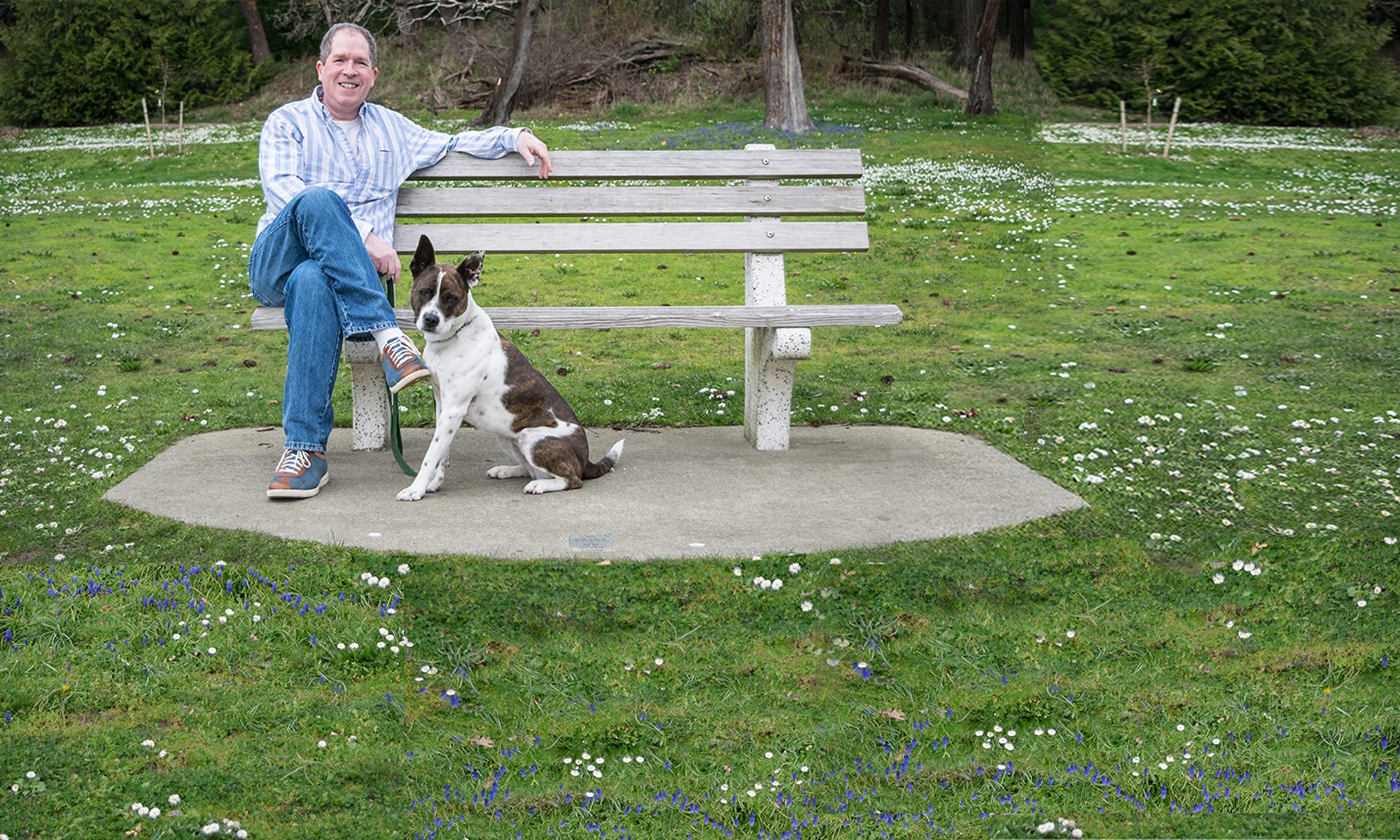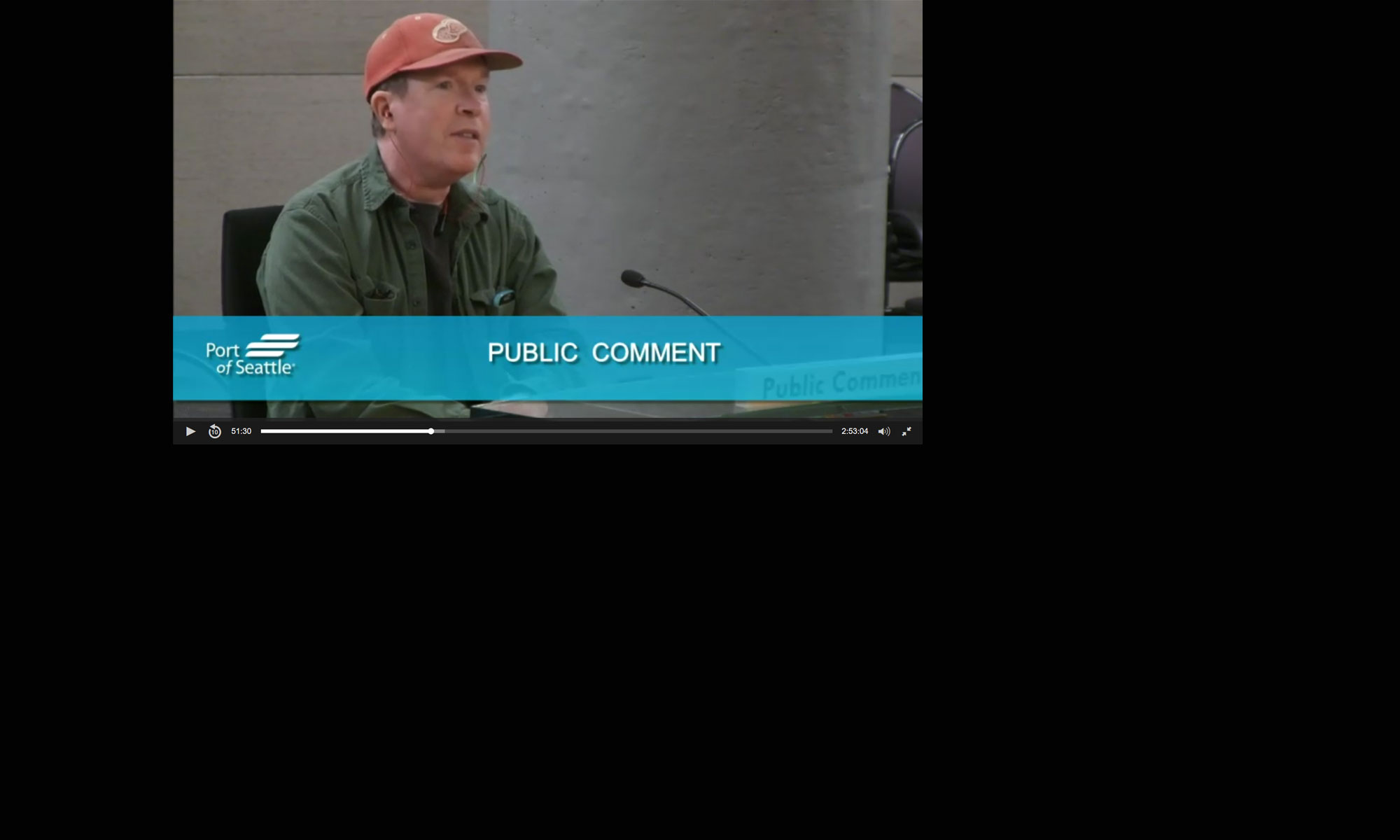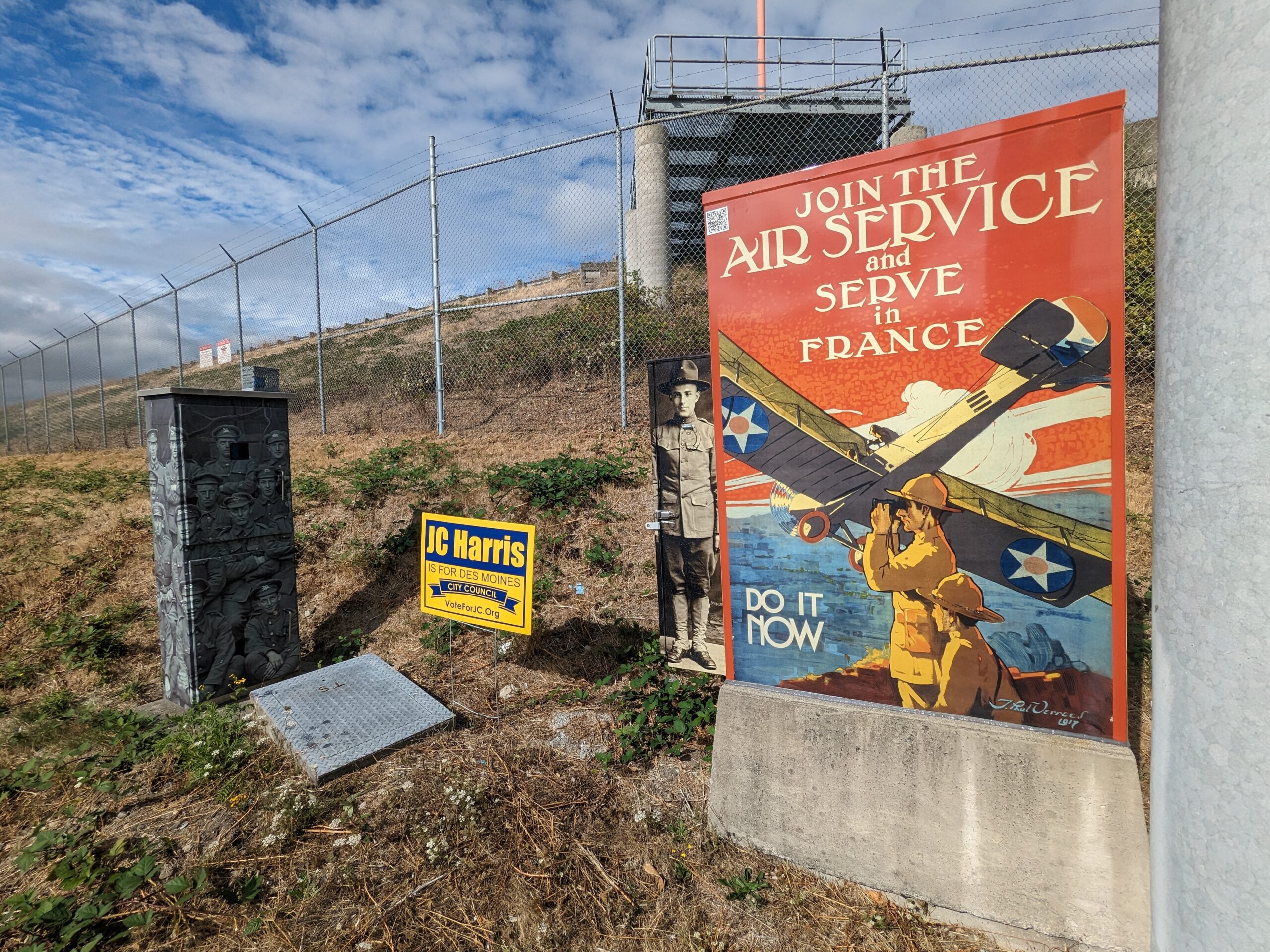Being in the Top 10 isn’t always a good thing. Especially when it comes to homelessness. Washington state ranks number nine in the number of unsheltered homeless individuals, or those living on the street, and in the top five of the total number of people experiencing homelessness. The crisis escalated between 2020 and 2022, when that number jumped by 10%.
This rapid and tumultuous rise continues unabated based on the sheer number of people facing eviction who are contacting the Northwest Justice Project for legal help. Eviction filings across the state have risen 70% since last April. We know that too many of those who are evicted end up unhoused.
A growing number of unhoused people — one out of every five in Washington — are sheltered in their vehicles. Given this crisis of homelessness, state and local governments should consider every possible means to keep people housed or at the very least, sheltered.
Yet, the lives of those sheltering in their vehicles are being made increasingly unmanageable by an array of laws passed by local jurisdictions. People are being subjected to local bans on living in vehicles, restrictive parking laws, towing and impounding of their vehicles, and they are increasingly forced to abandon their parking spots — even when that spot is in their hometown.
On Tuesday, the Washington State Supreme Court is scheduled to hear a crucial case regarding the rights of people who shelter in their vehicles. The case is that of 62-year-old veteran Jack Potter. He and a group of about 30 vehicle-sheltered people were forced by the city of Lacey to leave town. The court will consider whether the Lacey law that forced Potter out is unconstitutional by limiting his ability to live in the city of his choice.
A persistent myth about people who are homeless is they are outsiders. We’ve all heard homeless people come from somewhere else, that they have no connection to our communities, that they travel to our cities only to use our resources.
But those who end up homeless commonly live in the same communities where they previously were housed. For example, typically about 60% to 70% of King County’s homeless population say their last stable home was in King County. Only about 12% report that their last stable home was out of state.
Potter’s situation is a case in point. He had lived comfortably housed in Lacey for 20 years before being squeezed out of the housing market and having to set up a home in his travel trailer in 2018. Even then, he remained in the city. It’s where he met his partner of 23 years, volunteered to serve other veterans and received medical care. Lacey provided the familiarity of daily routines, and all the small, irreplaceable things that make a place a home.
In 2019, he moved his trailer to a secluded corner of the Lacey City Hall parking lot used by others living in trailers. Many of his vehicle-sheltered neighbors were also longtime Lacey residents who ended up there after the all-too-ordinary catastrophes of sickness, family breakups or fixed incomes and stagnant wages that make it impossible to pay ever-increasing rents.
Lacey had a choice: It could care for its own citizens and create a safe lot, or it could force them out of their community. Lacey chose the latter, passing a law that prohibited vehicles used as shelter from parking anywhere in town for more than four hours in a 24-hour period. Two weeks later, Potter was told to either move or have his trailer impounded.
Municipalities increasingly choose to force out those unable to afford housing in their communities. There are not nearly enough beds, much less permanent housing, for people who are unhoused in Washington. Those who shelter in their vehicles also deserve safety and dignity.
Their plight, and that of Jack Potter, raise a crucial question: Can a city banish its poor? Like many other cities, Lacey tried. Now the Washington State Supreme Court will decide.




